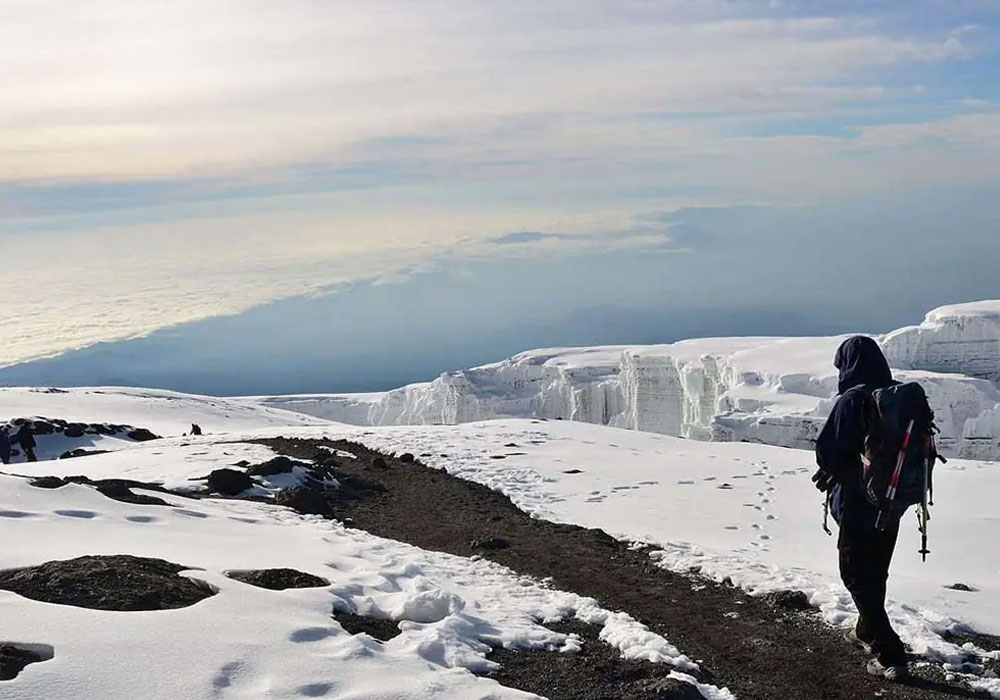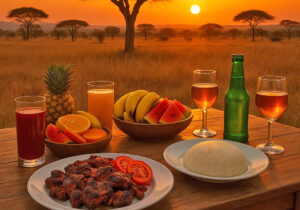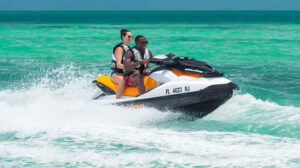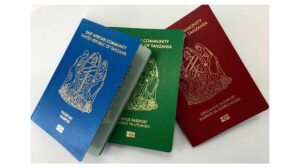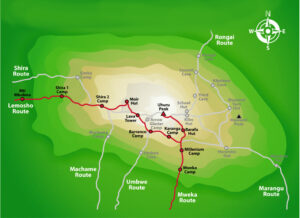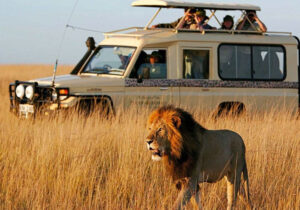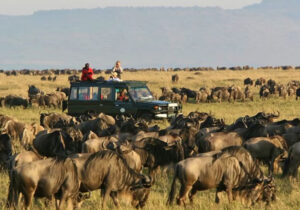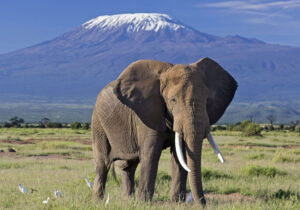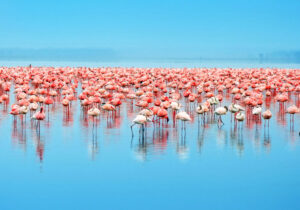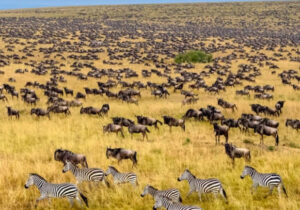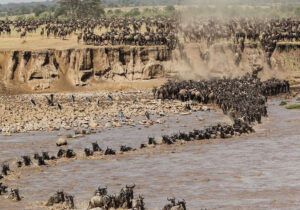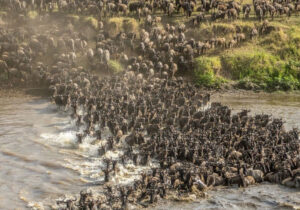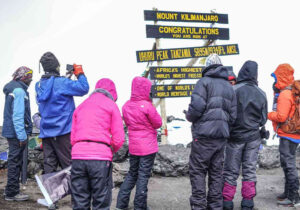How Cold Does It Get on Kilimanjaro?
When preparing to climb Mount Kilimanjaro, one of the most important factors to consider is the temperature. How Cold Does It Get on Kilimanjaro?, Kilimanjaro’s elevation spans several climatic zones, which means that temperatures vary significantly depending on where you are on the mountain. From the tropical base to the icy summit, understanding how cold it can get at different altitudes will help you pack appropriately and ensure you’re ready for the climate conditions. Here’s a breakdown of what you can expect:
1. Base Camp & Lower Altitudes: Warm and Humid
At the base of Mount Kilimanjaro, in the rainforest zone, the weather is tropical and humid. During the first few days of the climb, you’ll be walking through lush forests where the temperature can range from 15°C to 25°C (59°F to 77°F).
-
Daytime Temperatures: Expect comfortable, warm temperatures during the day.
-
Nighttime Temperatures: Even in the lower elevations, temperatures can drop at night, sometimes reaching around 10°C to 15°C (50°F to 59°F).
Though not extremely cold, nights can be chilly, especially when you reach camps at slightly higher altitudes like Machame or Shira Camp. Be sure to bring a light jacket or fleece for the evenings.
2. Mid-Altitude Zones: Cooler and Windy
As you climb higher, you’ll enter the moorland and alpine desert zones. These areas are significantly cooler and often windy, especially in the evening.
-
Daytime Temperatures: Around 10°C to 15°C (50°F to 59°F), though it can feel colder due to the wind.
-
Nighttime Temperatures: Temperatures will drop to about 0°C to 5°C (32°F to 41°F), and at higher altitudes, it can be noticeably colder.
While daytime trekking may still be manageable in a light jacket or long-sleeve shirt, How Cold Does It Get on Kilimanjaro? it’s important to have a warmer layer for the evening, especially if you’re camping at higher elevations.
3. Summit Zone: Freezing and Harsh Conditions
How Cold Does It Get on Kilimanjaro? As you approach Barafu Camp, Kibobas or higher up to Uhuru Peak, the cold becomes extreme. The summit zone on Kilimanjaro is characterized by snow, glaciers, and icy winds. Expect very cold conditions, and be prepared for freezing temperatures.
-
Daytime Temperatures: Even during the day, the temperature may hover around -5°C to 5°C (23°F to 41°F) depending on the time of year.
-
Nighttime Temperatures: The temperatures during summit night or early morning can plunge to -10°C to -20°C (14°F to -4°F), with the wind chill making it feel even colder. In some cases, especially with high winds or snow, it could feel even colder.
At Uhuru Peak (the summit), temperatures can dip as low as -20°C (-4°F) with the wind chill, and snow is common. The air is thin, and the cold, combined with the lack of oxygen, can be challenging. This is why it’s crucial to bring thermal layers, a good quality insulated jacket, gloves, balaclavas, and winter-grade hats.
4. Wind Chill Factor
The wind on Kilimanjaro can make temperatures feel even colder, especially at higher altitudes. Winds at the summit zone are strong and can amplify the effects of the cold, particularly on the crater rim or on summit night.
The combination of freezing temperatures and high winds is why climbers often feel the cold much more intensely than they would in other mountain ranges. Having windproof gear, such as a waterproof jacket and pants, will be essential for protection from the elements.

